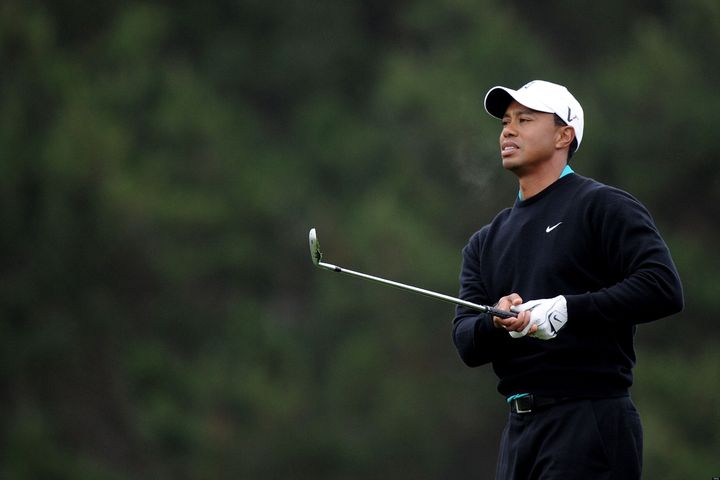
Some call politics a sport. So what can people in politics learn from the major sporting events? Plenty, especially about the way technology has changed the way journalists cover sports and the way fans want their sporting news. Many of the changes in major sports coverage hold parallels to the way journalists cover politics and the way voters expect to get information about campaigns and elections. See what you think.
Golf and the United States Open Championship are steeped in tradition. And as the third round at Pebble Beach gets underway, that great tradition is on full display. But inside the Media Center there is a revolution taking place. Technology is changing the way journalists cover the U.S. Open and the way fans follow the action on the golf course.
There are more than 900 credentialed journalists on-site at this year's U.S. Open. The way these journalists are covering this U.S. Open has changed dramatically since they were here for the 2000 championship. While lively writing is still important, the tools and technologies that today's journalists use have changed dramatically. When Tiger Woods was on his way to a record 15-stroke victory 10 years ago, the assembled journalists hovered over their computers every evening, each trying to put the most thoughtful and creative coverage on the day's round. In many cases they were writing for an audience that hadn't seen or heard any coverage of the golf that day; this was especially true of the Thursday and Friday rounds. The writers were composing their pieces for an evening deadline where their stories would in turn be edited, formatted and published in newspapers that would appear on newsstands and front steps in communities around the country early the next day. Imagine waiting that long today to learn about a U.S. Open round or see a great shot or hear the fan reaction to a successful eagle putt!
At the 2010 U.S. Open, fans see and hear the golf on "all three screens." These screens include home computers, television and hand-held devices. Today's journalists work through the day to provide a steady and meaningful stream of content to all of these outlets. How do journalists feed the insatiable appetite for news? Technology.
Technology has facilitated a wide and constant distribution of live updates, analysis, opinion and insight into the golf. Good writing and analysis still matter, but let's look at how that content is delivered to the public:
Working within the confines of the Media Center, many golf writers are now Twitter posters, videographers, editors, commentators and bloggers. They work throughout the day to populate their websites -- whether traditional news outlets, Yahoo! or industry specialty sites -- with words, sounds and video. They no longer wait for a deadline to submit a piece to be delivered to golf fans the following day. Instead they work in an environment that feeds words, sounds and images instantly to fans in communities around the world.
The computer of today's golf journalist is not simply a word processor, but a multi-tasking device that includes instant Internet access for Twittering, sophisticated editing technology for producing video and audio, and a system that integrates all these platforms so that golf fans can stay up to date -- on demand and in real time through their hand-held devices, computers and televisions.
One can only wonder what changes will have taken place nine years from now, when the USGA returns to Pebble Beach for the 2019 U.S. Open.
A version of this piece appears on USOpen.com